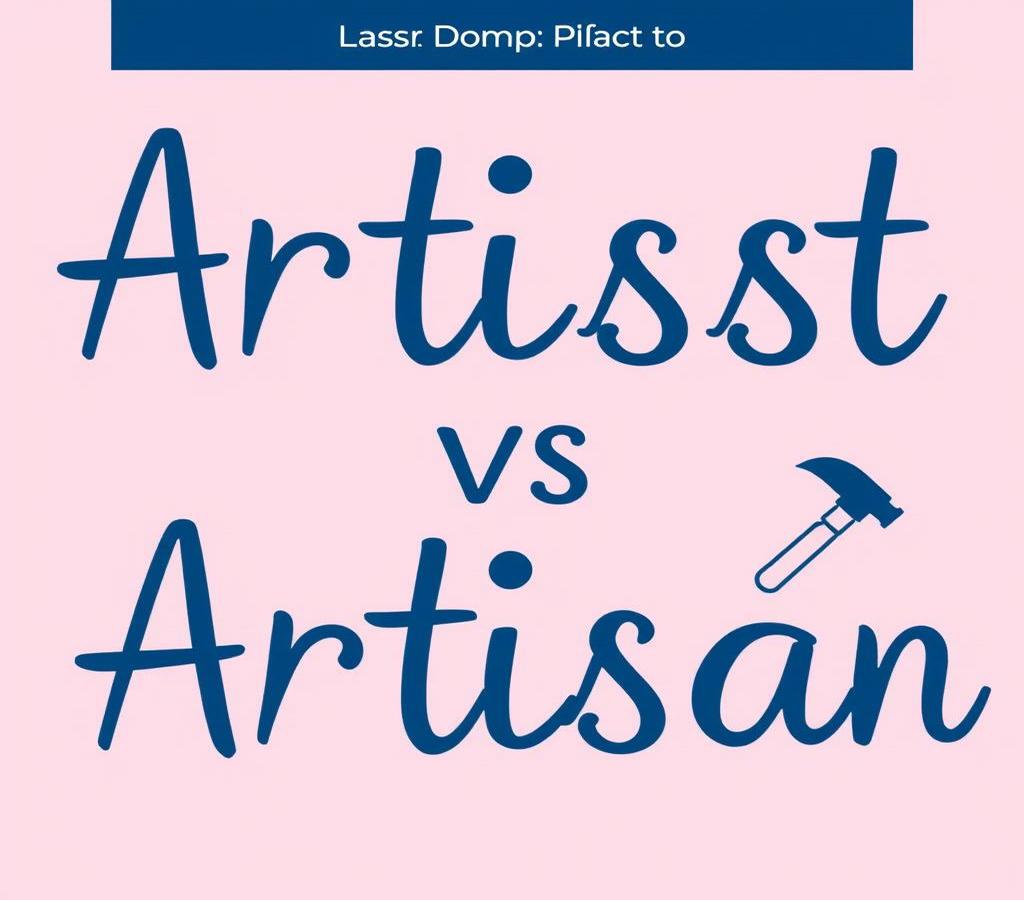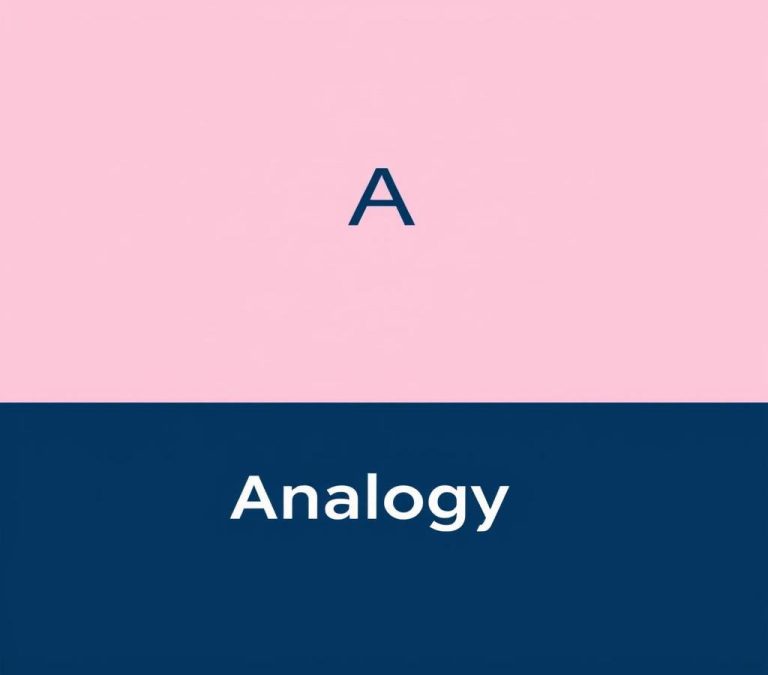Artist vs Artisan: Grammar, Style & Skill Differences
Understanding the difference between an artist and an artisan is important when valuing their work. Both create beautiful items but have different approaches and intentions. An artist focuses on personal expression and creativity, often producing unique pieces. In contrast, an artisan hones their skills to create handcrafted items that are functional and often made in larger quantities. Recognizing these distinctions helps us appreciate the diverse talents and efforts in the creative world.
Quick Answer
A artist is a creative person who expresses themselves through various forms of art, such as painting, sculpture, music, or dance, often with an emotional or intellectual message. An artisan, on the other hand, is a skilled craftsperson who creates functional or decorative items, like furniture, jewelry, or pottery, with a focus on technical skill and attention to detail.
Why There is confusion
The terms “artist” and “artisan” often cause confusion. This primarily arises because both terms are linked to creating beautiful and meaningful work. They may seem interchangeable to some, but they have distinct definitions, implications, and contexts. Misunderstanding and misuse of these words persist because the boundaries between art and craft can sometimes blur. Both artists and artisans put skill, dedication, and creativity into their work. However, their approaches, goals, and mediums often differ. Understanding these nuances helps in appreciating the unique contributions of each.
What Does “Artist” Mean?
The term “artist” refers to someone engaged in activities related to creating art. Art can include a wide range of creative endeavors such as painting, sculpture, music, dance, literature, and more contemporary forms like multimedia and performance art. Artists are typically driven by the desire to express themselves, evoke reactions, or convey deeper meanings and emotions. Their work often challenges norms and prompts viewers to think in new ways. They rely on imagination, innovation, and their unique vision to bring something new into the world. Artists are usually not constrained by functionality; their primary aim is aesthetic and conceptual.
What Does “Artisan” Mean?
An artisan is a skilled craftsperson who makes items by hand. These items are often both functional and decorative, ranging from pottery to furniture, jewelry to textiles. Artisans blend creativity with functionality, producing high-quality items that often require years of experience to perfect. Their work tends to be rooted in tradition and might use techniques passed down through generations. Artisans often focus on mastering their craft and producing consistent, high-quality work. Their primary emphasis is on utility, although aesthetics are also important in their creations.
The Difference Between Artist and Artisan
Parts of Speech
“Artist” and “artisan” are both nouns. While “artist” is used to describe someone involved in producing art, “artisan” describes someone who creates tangible objects, usually by hand. The difference in their usage reflects broader distinctions in their roles and the nature of their work.
Connotation and Implication
Artists are usually associated with innovation, creativity, and the avant-garde. They are often seen as visionaries who push the boundaries of what is considered art. There is a connotation of independence and conceptual richness when referring to artists.
On the other hand, artisans are typically linked with tradition, skill, and craftsmanship. The implication is that they are masters of their trade, with a deep understanding of their materials and techniques.
Scope of Work
The scope of work for an artist is often broad and varied. Artists may experiment with different media and styles, often driven by their creative impulses and conceptual goals. They are often less concerned with the practical application of their work and more focused on its emotional or intellectual impact.
Artisans, however, generally have a more focused scope of work. They aim to create items that are not only beautiful but also functional. The quality and utility of the end product are paramount. Artisans often work within the boundaries of their chosen craft, continuously refining their skills to produce the best possible outcomes.
Synonyms of Artist
- Creator
- Painter
- Sculptor
- Performer
- Musician
- Designer
- Illustrator
- Visionary
Synonyms of Artisan
- Craftsman
- Craftsperson
- Tradesman
- Maker
- Smith
- Weaver
- Potter
- Carpenter
Examples of Usage
To clarify the distinctions through examples:
An artist might create a sculpture purely for its aesthetic value, attempting to communicate a particular idea or emotion. This sculpture might not serve any practical purpose and might be open to various interpretations based on the viewer’s perspective.
An artisan, however, might create a beautifully crafted chair. While the chair could be a work of art in its design, detail, and craftsmanship, it also has a practical function – providing a place to sit. The artisan’s skill ensures that the chair is not only attractive but also comfortable and durable.
Further examples include:
- A muralist (artist) paints an elaborate scene on a public wall to evoke community pride and reflection. Their work may incorporate socio-political themes and be purely aesthetic.
- A glassblower (artisan) creates stunning vases. Each piece is unique and beautiful, but also serves a functional purpose – holding flowers or decorative elements in a home.
- An author (artist) writes a novel exploring deep philosophical questions about human existence.
- A shoemaker (artisan) handcrafts leather shoes, blending form and function to create durable, stylish footwear.
Conclusion
The confusion between “artist” and “artisan” often stems from the overlap in creativity and quality of the work produced by both. However, understanding their differences helps in appreciating the unique contributions each makes. An artist is primarily concerned with creating something that conveys ideas and evokes emotions, often pushing the boundaries of traditional aesthetics. An artisan, while also creative, focuses on handcrafting items that are both functional and beautiful, often rooted in traditional practices.
Knowing these distinctions not only enriches our vocabulary but also enhances our appreciation for diverse forms of creativity and craftsmanship. Whether innovating in the realm of abstract ideas or mastering the practicalities of material work, both artists and artisans bring invaluable contributions to our world.







